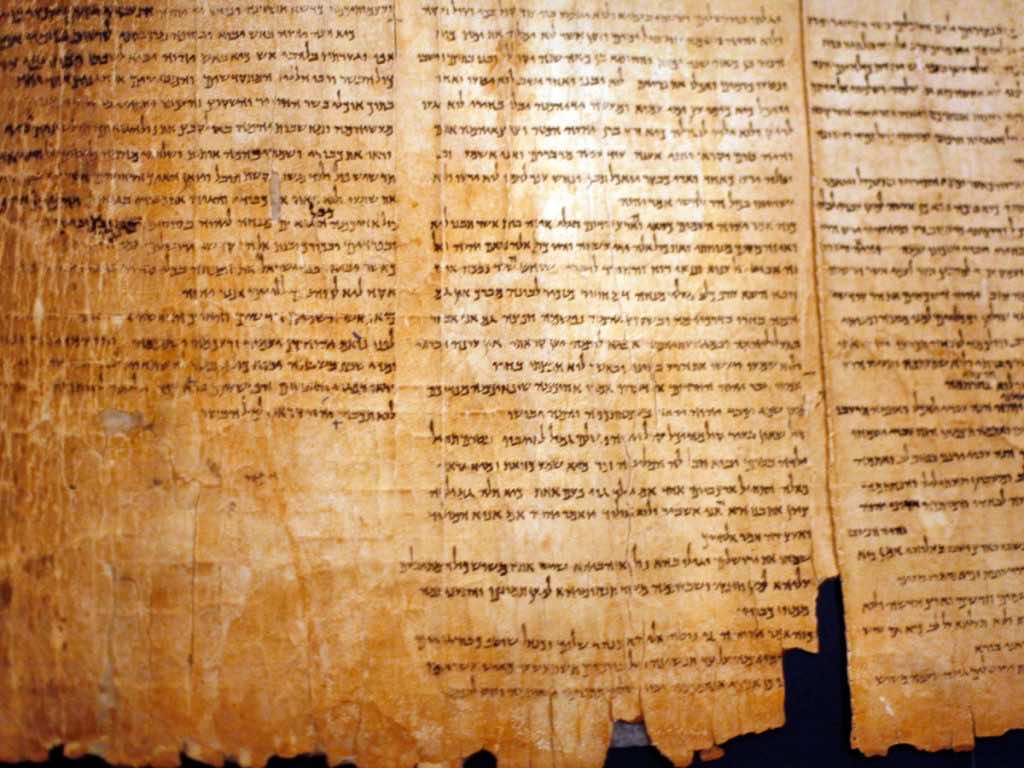When you read Dead Sea Scrolls you immediately think of that thing where you put a scroll or a message in a bottle then seal it tight and throw it into the sea only for it to wash up on some random shore a few years later. But no, Dead Sea Scrolls are actually ancient scrolls found near the Dead Sea. Hence the name Dead Sea Scrolls.
These scrolls were found almost 70 years ago. The first sets were found by a Bedouin in the Qumran caves near the Dead Sea. They are also called the Qumran Cave Scrolls. The area is now called the Israeli-occupied west bank. The scrolls are ancient Jewish and Hebrew religious manuscripts that were found in the Qumran Caves. The last discovered scrolls were found in the Cave of Horror in Israel.
Some scrolls are written in Aramaic and Greek as well. Researchers believe that the scrolls are as old as the third century BC. The dead sea scrolls were thought to have been written by the same scribe as the writing was identical across the manuscripts. However, Artificial Intelligence proves otherwise. This is the first revelation about the scrolls in years.
The AI was used by researchers at the University of Groningen in the Netherlands. They examined the Isaiah scroll, which contains 950 different texts with 54 columns divided into halves written in a uniform style. The researchers employed cutting-edge pattern recognition algorithms and AI. They focused on the Hebrew letter, aleph, which appears almost 5000 times in the scroll.
What they discovered was shocking. By examining the ancient ink traces, they discovered that the scroll was actually written by two different scribes even the writing style is almost the same. According to the researchers, “The ancient ink traces relate directly to a person’s muscle movement and are person-specific. [The] likely scenario is [one of] two different scribes working closely together and trying to keep the same style of writing yet revealing themselves, their individuality”.
The researchers argued that maybe the scribes were father and son and the writing style was something passed down as it was so identical that modern researchers until now thought they were from the same person.
You can view the original paper here, published by scholars Mladen Popovic, Maruf Dhali, and Lambert Schomaker.

